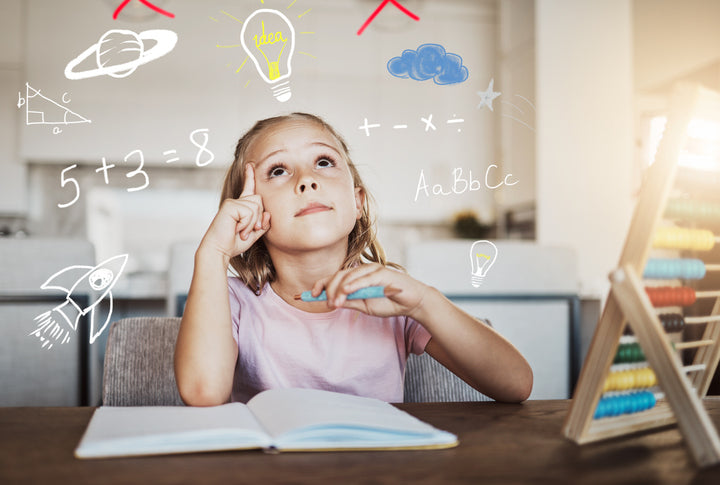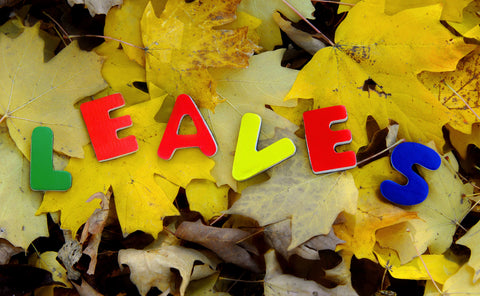Find out why teachers and school leaders love PlanBee
Find out why teachers and school leaders love PlanBee

Visualisation serves as a highly effective memory aid as our brains tend to prefer visual input over verbal.
Moreover, anchoring new or abstract material to something concrete or familiar through visualisation is particularly beneficial as it can compensate for weaknesses in working memory. This makes these tools especially useful for children with dyslexia and ADHD.
While mind maps, like graphic organisers, sequence charts and concept maps, are useful visual tools for structuring and organising information, there are many different visual strategies proven to bolster memory. Here are our top five!
Imagine a journey you make often - a route from home to school or the path from your classroom to the playground. Now, add your new material to this familiar journey by mentally placing it along the route. For instance, close your eyes and imagine hanging each of your spellings or scientific vocabulary from the trees lining the school field.
This technique also lends itself to the recall of historical events. If you want to remember the events of the Norman Conquest in chronological order, imagine opening your door to see men fighting, with 1066 on their armour. At the bottom of your road, imagine William the Conqueror sitting on the throne at Westminster Abbey ready for his coronation. Similarly, you could use this technique to remember the order of the planets in the solar system.

Start by visualising a room you know well, such as your classroom, living room or bedroom. Now, start to populate that room with the people, places or things you want to remember. Position your historical figures or literary characters in different places throughout your room and make sure that they are engaged in an action that will help you remember them. For example, you could place King Alfred at the fireplace, burning cakes or sit Greta Thunberg at your desk designing a poster to highlight the impact of climate change.
Objects, such as labelled 2D and 3D shapes or samples of rocks and soils, could be placed on tables and shelves around the room, further enhancing recall.
Start by constructing the walls, doors and rooms of your memory palace. Within each room, store different pieces or types of information. This technique is especially useful for sorting and categorising new information. For example, you could open a door to find different habitats behind each one or you could separate reptiles into one room, mammals into another, fish into the next and so on.
You could adapt this for historical events, incorporating sensory details like sounds, smells and tactile sensations as this enhances memory retention significantly. As you open each door to find the next event of the Great Fire of London, can you smell the smoke of the fire, hear the shouts of people tackling the blaze, feel the panic in the air?

Incorporate images into your spelling words to help you visually remember the letters and sounds. Embracing visual spellings also facilitates quicker and more accurate recall. Visual representations provide a concrete reference point, aiding in the differentiation and retention of similar-sounding words. So, this technique is particularly useful for mastering tricky homophones like “their”, “there” and “there”.

Employing visual representation deepens both children’s comprehension and recall. So, as you read fiction, stop every couple of paragraphs and draw what you can recall from the text. For non-fiction, pick out illustrate key concepts or processes to imagine as moving images or film. By actively translating words into images, you will foster reflection, interpretation, and synthesis of information and form a deeper connection to the text.

Visualisation techniques encourage children to actively engage with learning material, while also encouraging creativity and critical thinking. By tapping into the brain's preference for visual processing, these techniques offer valuable strategies for learners of all ages, including those with dyslexia and ADHD. This offers promising avenues for enriching children’s learning experiences, maximising academic achievement and closing the attainment gap.

Leave a comment